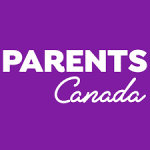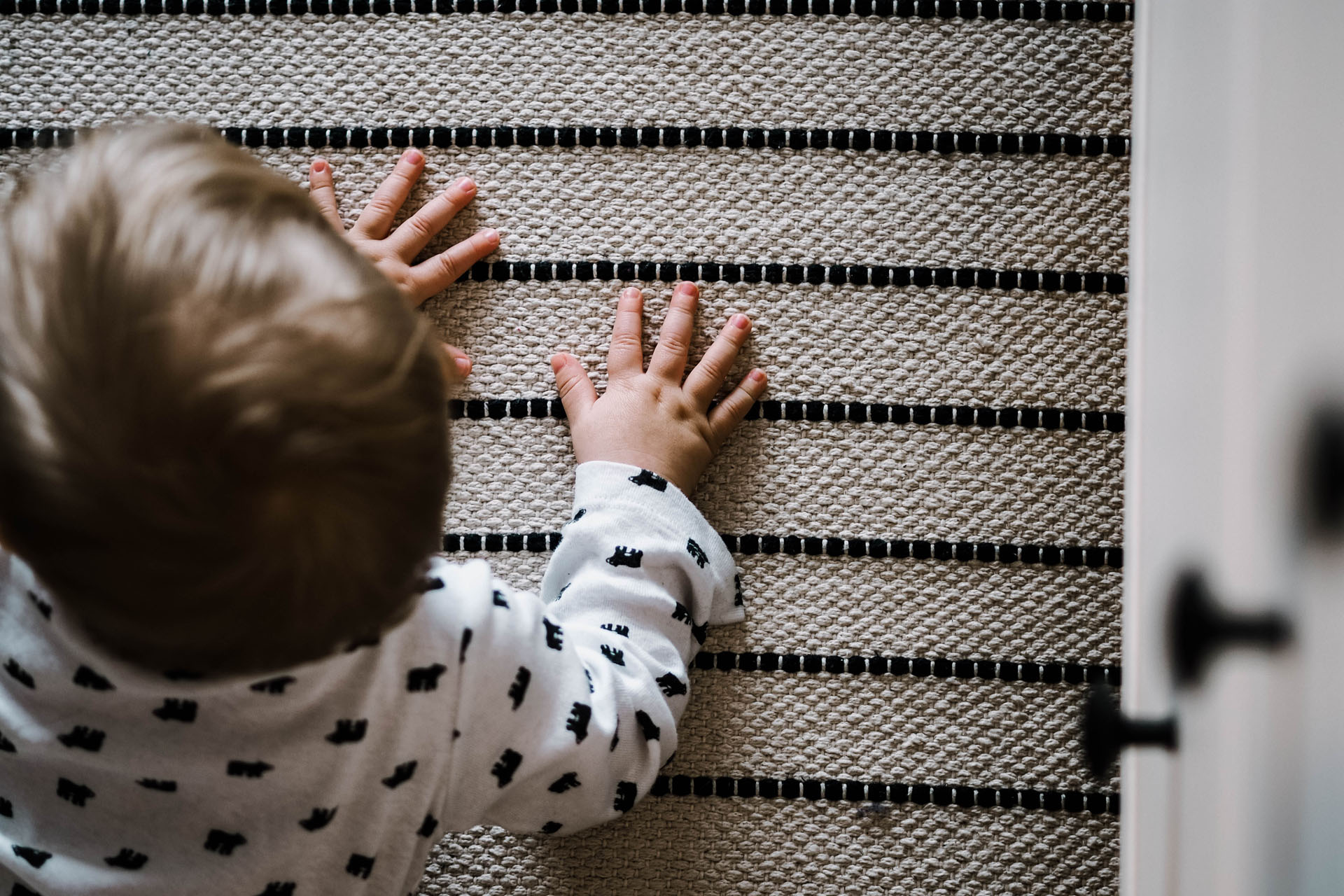Baby
7 min Read
Milestones to expect in your baby’s first year

April 3, 2019
Baby
7 min Read

April 3, 2019

A lot happens in your baby’s first year. From weight gain to movements and the development of speech, here’s a general timeline of when you can expect each milestone will happen.
Weight
A baby’s weight usually doubles by the fourth month — and becomes three times the birth weight by the end of the first year.
Height
Babies are about 70 centimeters long when they reach 12 months.
Head
The head size increases quickly due to the brain’s fast growth which pushes the skull bones to expand.
This growth rate is only a guide. If parents are unusually large or small, the baby may follow their growth pattern — and if the baby was smaller at birth for any reason, growth may remain smaller or show spurts.
Call your doctor if your baby does not gain or loses weight over a period of days. Do this even if the baby presents no other unusual signs.
Babies progress slowly to gain control over their movements.
Neck
The neck muscles become progressively stronger, and your baby will have full control over neck and head motions by about 6 months.
Body
The body muscles become stronger and can control many movements.
Arms and Legs
Movements become stronger and more purposeful.
Hands
In the first 12 months, there is a fascinating progression from the reflex grasping of the newborn to a precise reaching out and grasping things as tiny as bread crumbs between the thumb and forefinger.
Caution: Baby walkers do not speed up baby’s development, and may even slow it down. Baby walkers are very dangerous because they can cause injuries. It is illegal to sell baby walkers in Canada.
Babies have an urge to make sounds, just as they have an interest in the sounds parents or others make.
Your baby understands the tone of voice, too, and will frown if your voice is louder or not as loving. Before 9 months, babies understand when parents call their name, but if they hear ‘no’ they are not pleased. By 12 months, your baby understands several names of people or objects and shows that understanding by looking at the person or object.
Consult a physician: If your baby does not show interest, does not turn the head to sounds and if the baby’s own sounds do not get more mature.
In the first three months, an infant learns that there is a world of things and another of people.
Important Milestones: Observe that baby is alert, smiles, looks at and plays with you – and shows some distress when you leave (and also may ‘make strange’ when meeting new people).
Babies are curious to see, hear and touch. As months go by, their eyes follow people who move around. They learn to scan sounds — at the beginning with eye movements, later by turning their head.
As soon as they can grasp, they get hold of everything that is near, look at what they hold, put it in their mouth, shake it, bang it, throw it and pass it from one hand to another. If a toy they like is hidden, they remember and search for it under the blanket.
They bang two toys together and try to fit one toy inside the other.
| 4 weeks | Rotates head when placed in prone position. Responds to sound by changing activity. Focuses eyes on bright object. Focuses eyes for a short while on a face. |
| 8 weeks | Holds head erect. Briefly raises head and shoulders off crib mattress. Follows an object with eyes. Vocalizes single vowels (“ah,” “eh,” “uh”). |
| 16 weeks | Raises self up on hands in prone position. Reaches for toy; grasps if it is near hand. Follows object with eyes up/down, side-to-side. Coos and laughs. Recognizes mother (more than anyone else). |
| 24 weeks | Raises and extends legs. Touches feet with hands. Rolls over in both directions. Approaches/grasps objects. Uses both hands. Babbles. Aware of and/or apprehensive of strangers. |
| 36 weeks | Sits, unsupported, for five to 10 minutes. Crawls on abdomen. Plays with two toys simultaneously. Says “Ma-ma,” and/or “Da-da” (no meaning intended). |
| 44 weeks | Creeps on hands and knees and pulls up to stand. Grasps small objects with thumb/index finger. Imitates behaviour, claps hands, waves goodbye. Places one object into another. Says “Mama” and “Dada” (this time, meaning ‘mother’ and ‘father’). |
| 12 months | Walks if one hand is held. Tries to pile two blocks after shown how to. Imitates words. Says “Mama” and “Dada,” and two other words. Responds to simple orders. Tries to feed self with fingers. |
Taken from The Canadian Baby & Child Care Encyclopedia. Originally published in 2007.